Twelve months ago, we made a radical decision at Artefact: to go full AI-first via dedicated innovation areas to help our AI consultants, data scientists, and engineers truly change their way of working.
What we discovered didn’t just involve implementing new tools. It also meant fundamentally rethinking how humans and AI agents collaborate in professional services. Although the industry is rushing to adopt AI, most firms are overlooking critical distinctions that actually drive value.
Lesson 1: Agents are not tools, they are full-time employees
Tools handle tasks. Employees handle context.
This distinction seems simple, but it’s where most companies fail. We see companies flooding teams with “1000 agents” in order to be more “productive”—but becoming more unproductive than ever. The cognitive overload of managing endless AI tools creates chaos, not efficiency.
The clear separation we enforce
We establish a clear separation between:
- GenAI Tools: These tools are designed to help people take better notes, summarize emails, and create small automations.
- AI agents: They are accountable for end-to-end scopes involving multiple tasks (and yes, agents also use tools.)
We teach our teams to maintain this clear separation from the beginning and then help them treat the agents as true members of their team. This means:
- Focusing on clear management and good context communication,
- Correctly balancing autonomy and revision,
- Providing structured onboarding and regular check-ins.
Everything an entry-level position usually needs.
The result? When teams stop switching between 50 different tools and start managing two to three agents properly, project delivery accelerates by 40%.
Lesson 2: It’s not about reducing headcount, it’s about scaling efficiently
People in consulting are our most valuable asset. They know the market, build brand loyalty, discuss market trends, and create culture. Blindly cutting headcount with AI invisibly destroys organizational culture—and this damage doesn’t show up on spreadsheets until it’s too late.
The new math of scaling
The value lies in scaling. Instead of hiring five full-time employees (FTEs) per project, we now hire three. But here’s what many ignore: The most successful companies with AI hire more, not fewer, people. They nurture culture and design future trends. Only humans can do this.
Our humans are now doing different work:
- Building deeper client relationships
- Creating innovative solutions
- Mentoring both humans and agents
- Sensing market shifts before they’re data
Scaling isn’t about efficiency alone—it’s about amplifying human capabilities while preserving what makes organizations truly valuable.
Lesson 3: Everyone is a potential developer—creating an internal “open-source” culture
Ninety percent of employees won’t ship production code, but that’s not the point.
The point is it’s much easier for an engineering team to understand business requirements when they see a working POC than when they see drafts on a slide. This transition between tech-to-business and business-to-tech is where the true value lies.
The transformation of product discovery
Today our product discovery sessions have become much more interactive:
- There are fewer meetings with endless questions.
- There’s more prototyping and testing.
- Amazing ideas and insights flow from both sides.
- Each collaborator contributes directly to the product in their own way—not necessarily adding new production coding, but by debating new concepts and ideas productively involving coding.
Tools like Lovable and V0 have become our new pencils and paper. They make it easy to see what’s difficult and what’s simple to implement. We might think drawing a triangular shape is easy in PowerPoint but hard in HTML, but now we know immediately.
What this means for professional services
Peerhaps 10% of our business people will become independent builders with these tools. But that’s just a side effect. The real value is in the business-to-tech translation—the shared understanding that emerges when everyone can prototype their thinking.
After 12 months, the transformation is clear. Most consulting firms are trying to graft AI onto their existing model, asking “How can AI make us more efficient?” They should be asking, “How can we rebuild our model around human-AI collaboration?”
The firms that will lead the next decade won’t be those with the most AI tools or the fewest employees. They’ll be those who understand three things:
- Agents are teammates, not tools.
- Scaling beats cutting.
- When everyone can build, everyone contributes more powerfully.
This isn’t incremental change. It’s a complete reimagination of how consulting works.
Our aim is to set the standard for the next generation of operational work models in professional services. Our approach isn’t about replacing humans; it’s about amplifying our unique human qualities. Ultimately, AI is about people.
 BLOG
BLOG

